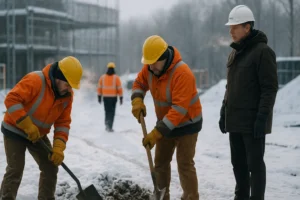🔧 What is the Resource Conservation & Recovery Act (RCRA)?
When it comes to managing waste in the United States, few laws are as influential and comprehensive as the Resource Conservation and Recovery Act (RCRA). Signed into law in 1976, RCRA fundamentally reshaped how industries, municipalities, and even individuals handle waste. Its impact stretches from massive industrial operations to everyday household waste management.
📘 RCRA Meaning
The Resource Conservation and Recovery Act (RCRA) is a key U.S. law that governs the management of both hazardous and non-hazardous waste. It ensures safe disposal and conservation of resources.
🎯 RCRA's Impact
Signed into law in 1976, RCRA reshaped waste management, impacting industries, municipalities, and even households by regulating disposal practices and promoting recycling and resource conservation.
🧭 RCRA History and Role
In this blog, we’ll explore the RCRA meaning, its history, how it addresses RCRA hazardous waste, and the critical role of RCRA regulations in ensuring environmental protection and public health.
Understanding RCRA's regulations
Addressing hazardous waste concerns
Ensuring environmental protection
🔧 RCRA Meaning: A Shift in Environmental Responsibility
At its core, the RCRA concept revolves around the cradle-to-grave management of waste. This philosophy ensures that hazardous waste is monitored from the moment it is generated, through transportation, storage, treatment, and final disposal.
📘 RCRA's Origins
Before the RCRA, waste disposal in the United States was largely unregulated. Illegal dumping, leaking landfills, and unsafe incineration were widespread practices that led to contaminated water supplies, toxic soil, and public health crises.
🎯 Prompting Legislative Action
The highly publicized disasters at places like Love Canal prompted Congress to act, leading to the creation of this landmark legislation that redefined how hazardous waste is handled across the nation.
🧭 The Cradle-to-Grave Approach
This philosophy ensures that hazardous waste is tracked and managed at every stage, from its generation to its final disposal. It aims to reduce environmental harm, improve safety, and ensure accountability in waste management practices.
🔧 RCRA’s Objectives: Protecting the Environment and Human Health
RCRA’s objectives can be summarized into three main goals:
🛡️ Protect Human Health
Protect human health and the environment from the potential hazards of waste disposal. This goal emphasizes the importance of safe handling and management of hazardous materials.
♻️ Conserve Resources
Conserve energy and natural resources by reducing waste and promoting recycling. RCRA encourages industries to find more sustainable ways to manage resources.
🚯 Reduce Waste Generation
Reduce or eliminate waste generation as much as possible. The goal is to minimize waste production at its source and encourage cleaner practices across industries.
Rather than solely focusing on cleanup, RCRA is proactive. It aims to prevent problems before they start by encouraging industries to adopt responsible practices that reduce waste and hazardous materials.
🔧 Scope of RCRA: A Broader Reach Than Just Hazardous Waste
RCRA is often misunderstood as a law that only addresses hazardous waste. In reality, it has a much broader reach. It governs both hazardous and non-hazardous solid waste, covering an array of materials from household garbage to medical waste to industrial byproducts.
📘 Subtitle C: Hazardous Waste
Subtitle C deals with the management of hazardous waste. It focuses on ensuring that hazardous waste is properly handled, from its creation to its final disposal.
♻️ Subtitle D: Non-Hazardous Waste
Subtitle D focuses on non-hazardous solid waste, like municipal garbage. It provides guidelines for managing waste that doesn't pose an immediate threat to human health or the environment.
⛽ Subtitle I: Underground Storage Tanks
Subtitle I regulates underground storage tanks containing petroleum or hazardous substances. It ensures that such tanks are properly maintained to prevent leaks and environmental contamination.
This comprehensive structure ensures that virtually all waste activities fall under some form of oversight, creating a safe and regulated system for waste management across the United States.
What is the Resource Conservation & Recovery Act (RCRA)?
When it comes to managing waste in the United States, few laws are as influential and comprehensive as the Resource Conservation and Recovery Act (RCRA). Signed into law in 1976, RCRA fundamentally reshaped how industries, municipalities, and even individuals handle waste. Its impact stretches from massive industrial operations to everyday household waste management.
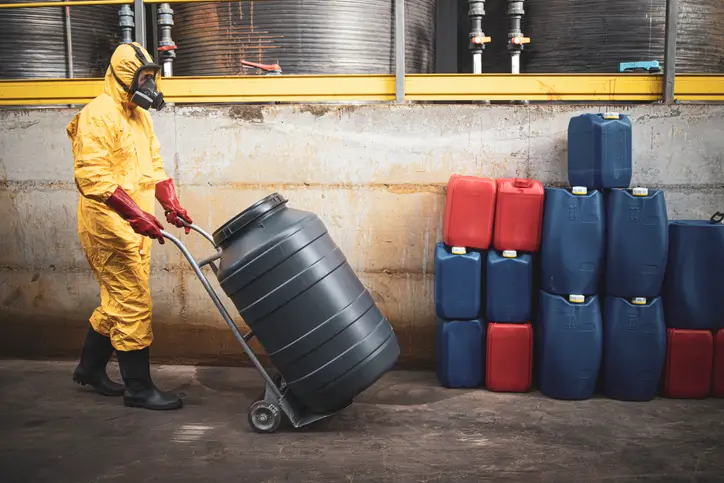
In this blog, we’ll explore the RCRA meaning, its history, how it addresses
RCRA hazardous waste, and the critical role of RCRA regulations in ensuring environmental protection and public health.
RCRA Meaning: A Shift in Environmental Responsibility
At its core, the RCRA concept revolves around the cradle-to-grave management of waste. This philosophy ensures that hazardous waste is monitored from the moment it is generated, through transportation, storage, treatment, and final disposal.
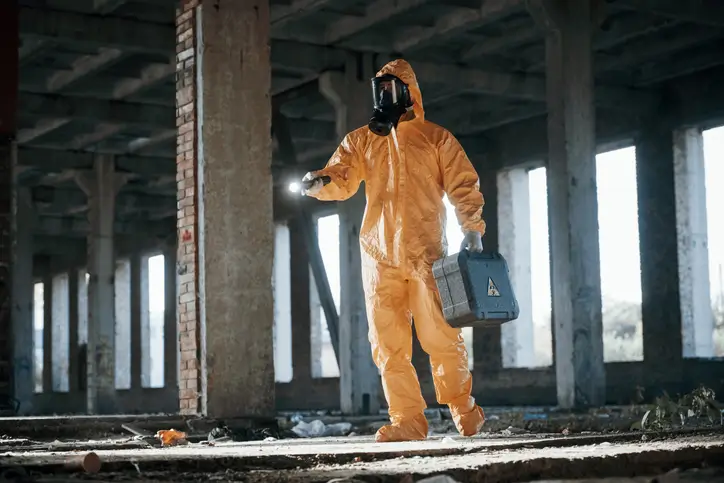
Before the RCRA, waste disposal in the United States was largely unregulated. Illegal dumping, leaking landfills, and unsafe incineration were widespread practices that led to contaminated water supplies, toxic soil, and public health crises. The highly publicized disasters at places like Love Canal prompted Congress to act, leading to the creation of this landmark legislation.
RCRA’s objectives can be summarized into three main goals:
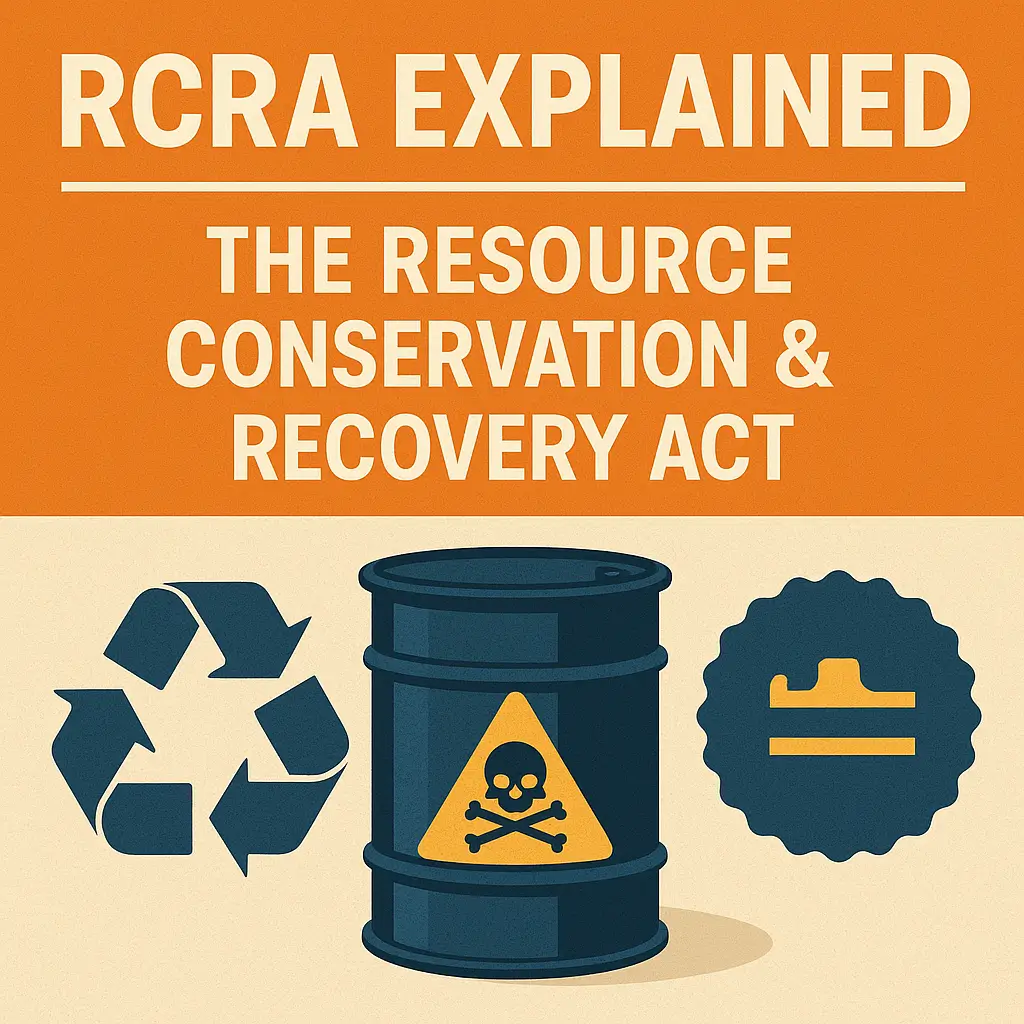
Protect human health and the environment from the potential hazards of waste disposal.

Conserve energy and natural resources by reducing waste and promoting recycling.

Reduce or eliminate waste generation as much as possible.
Rather than solely focusing on cleanup, RCRA is proactive. It aims to prevent problems before they start.
Scope of RCRA
RCRA is often misunderstood as a law that only addresses hazardous waste. In reality, it has a much broader reach. It governs both hazardous and non-hazardous solid waste, covering an array of materials from household garbage to medical waste to industrial byproducts.
The law is organized into different subtitles, each addressing specific waste management concerns:

Subtitle C: Deals with the management of hazardous waste.

Subtitle D: Focuses on non-hazardous solid waste, like municipal garbage.

Subtitle I: Regulates underground storage tanks containing petroleum or hazardous substances.
This comprehensive structure ensures that virtually all waste activities fall under some form of oversight.
Understanding RCRA Hazardous Waste
Perhaps the most complex and critical aspect of RCRA is how it manages hazardous waste. The Environmental Protection Agency (EPA) defines hazardous waste as waste that is dangerous or potentially harmful to human health or the environment.
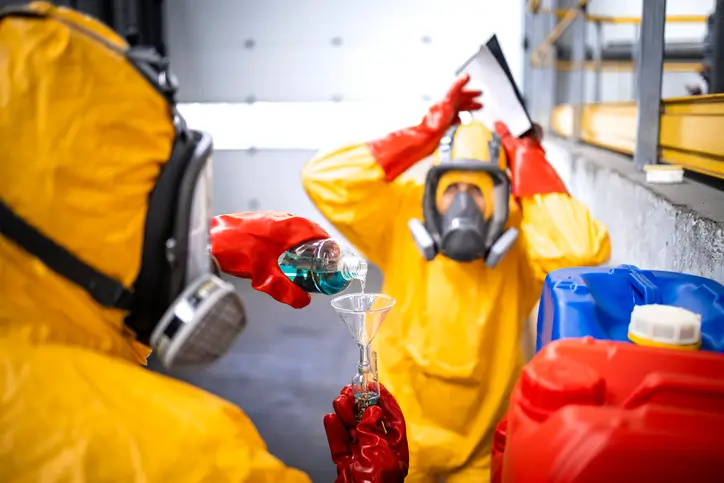
It can be liquids, solids, gases, or sludges and can be generated from many sources, including industrial manufacturing, chemical production, and even household activities.
Hazardous Waste Categories
RCRA hazardous waste falls into two main categories:
1.
Listed Waste: These are specific wastes identified by the EPA as hazardous. They are placed into four lists:

F-List: Wastes from common manufacturing and industrial processes.

K-List: Wastes from specific industries like petroleum refining.

P-List and U-List: Wastes from specific industries like petroleum refining.
2.
Characteristic Waste: Wastes that exhibit hazardous traits such as:

Ignitability (e.g., flammable liquids)

Corrosivity (e.g., strong acids)

Reactivity (e.g., explosive chemicals)

Toxicity (e.g., lead, mercury)
Generators of hazardous waste must determine whether their waste falls into these categories through a rigorous identification process.
Generator Categories
RCRA regulations also classify hazardous waste generators based on the amount of waste they produce:
It can be liquids, solids, gases, or sludges and can be generated from many sources, including industrial manufacturing, chemical production, and even household activities.

Very Small Quantity Generators (VSQG): Generate less than 100 kg of hazardous waste per month.

Small Quantity Generators (SQG): Generate between 100 and 1,000 kg.

Large Quantity Generators (LQG): Generate more than 1,000 kg.
Each category comes with specific requirements for waste accumulation, storage, transportation, and disposal.
Key RCRA Regulations
RCRA regulations are codified in the Code of Federal Regulations (CFR), primarily under 40 CFR Parts 239-282.
These rules set the standards for managing waste safely and legally.
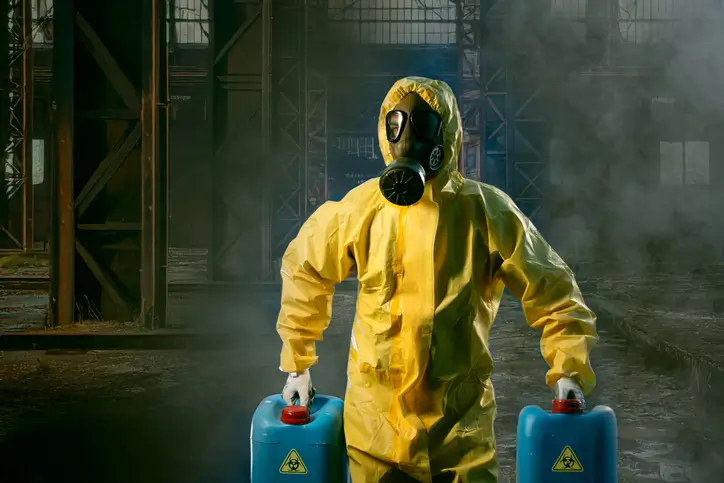
Manifest System
One of the cornerstone requirements is the hazardous waste manifest system. This “paper trail” tracks hazardous waste from the generator’s site to the final disposal location. Every handler—transporters, treatment facilities, storage sites—must document their custody of the waste, ensuring full accountability.
Treatment, Storage, and Disposal Facilities (TSDFs)
Facilities that treat, store, or dispose of hazardous waste must obtain permits and adhere with stringent technical and operational standards. They must also have emergency preparedness plans and financial assurances for potential cleanup costs.
Corrective Actions
RCRA regulations mandate that facilities clean up releases of hazardous waste into the environment, even if those releases occurred in the past. This approach closes loopholes that once allowed facilities to abandon contaminated sites without consequence.
Universal Waste Rule
Recognizing the challenges businesses face in managing certain widely generated hazardous wastes, RCRA introduced the Universal Waste Rule. It streamlines requirements for products like:

Batteries

Pesticides

Mercury-containing equipment

Bulbs (lamps)
By easing regulatory burdens, the Universal Waste Rule encourages proper disposal and recycling.
Electronic Manifest (e-Manifest)
Launched in 2018, the e-Manifest system modernized hazardous waste tracking by allowing electronic submissions, enhancing transparency and efficiency across the waste management chain.
RCRA’s Role in Promoting Recycling and Waste Minimization
Beyond strict regulation, RCRA emphasizes waste minimization and resource conservation. The EPA’s Waste Minimization Program encourages industries to:

Adopt cleaner production techniques.

Substitute less hazardous materials.

Increase recycling and reuse practices.
By doing so, businesses not only adhere with RCRA but also often discover cost savings and operational efficiencies.
The RCRA also supports programs like the Sustainable Materials Management (SMM) initiative, promoting a lifecycle approach to resource use from extraction to end-of-life disposal.
Challenges and Future Directions
While RCRA has been highly successful in improving waste management practices, challenges remain. Modern waste streams, such as electronic waste (e-waste), nanomaterials, and pharmaceutical wastes, present regulatory gaps that RCRA must adapt to address.
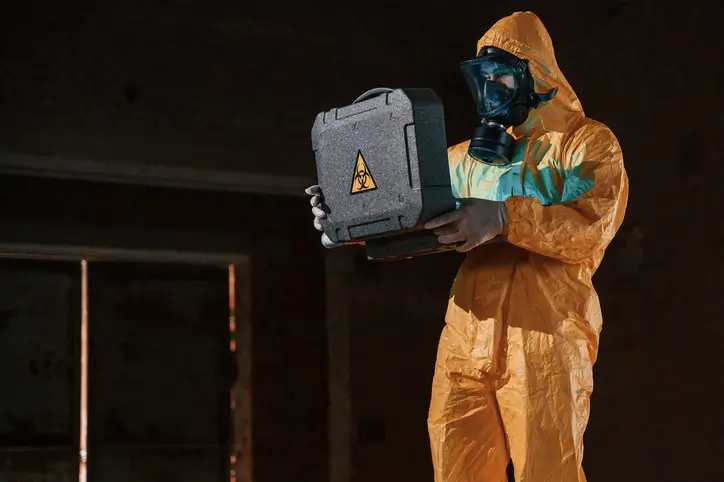
Moreover, the impacts of climate change are increasing the urgency to manage waste sustainably. Leachate from landfills, methane emissions, and the carbon footprint of waste treatment all require innovative strategies and potential updates to RCRA regulations.
Several modernization efforts are underway, aiming to:

Improve recycling infrastructure.

Address emerging contaminants like PFAS (per- and polyfluoroalkyl substances).

Expand hazardous waste definitions to include new materials.
States are also playing a vital role, often enacting stricter standards than federal RCRA requirements. California, for example, has led initiatives to tighten regulations on toxic substances and expand recycling mandates.
Conclusion
The Resource Conservation and Recovery Act (RCRA) is more than just a waste management law, it’s a comprehensive framework that embodies a preventative approach to environmental protection. Through its focus on cradle-to-grave tracking, rigorous standards for hazardous materials, and promotion of resource conservation, RCRA continues to safeguard public health and the environment.
Understanding the RCRA meaning, navigating the complexities of RCRA hazardous waste, and adhere with evolving RCRA regulations are crucial responsibilities for businesses, governments, and individuals alike. As waste streams evolve and environmental pressures mount, RCRA’s role will only become more critical in shaping a sustainable future.

